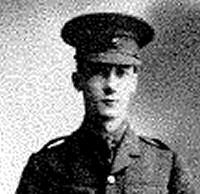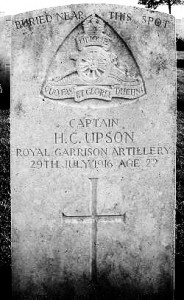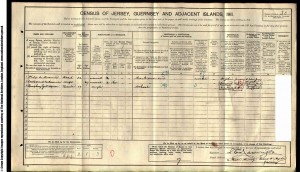 Captain Humphrey Cyril Upson 1894 – 1916
Captain Humphrey Cyril Upson 1894 – 1916
Captain Upson was born in 1894 to a military family in Madras India. By the end of the war we know of the death of his father David, who was a captain at the GE Staff College in Quetta (now in Pakistan). In 1911 he was living away from his mother Bertha lodging with a family in Jersey (Channel Islands). He was 17 and still a scholar and probably had spent quite some time there as he is part of the Jersey Memorial to the Fallen of both wars.
Humphrey, due to his military parentage is likely to have joined up early for the war. He was with the Royal Garrison Artillery, 109th Siege Battery. The 109th made their way to France in June 1916, but by the July and inevitably for an Artillery force, he was soon faced with and succumbed to, the horrors of the Somme. He was killed on the 29th July 1916.
was with the Royal Garrison Artillery, 109th Siege Battery. The 109th made their way to France in June 1916, but by the July and inevitably for an Artillery force, he was soon faced with and succumbed to, the horrors of the Somme. He was killed on the 29th July 1916.
The role of the Siege Battery
According to military historian John Terraine in his, White Heat – The New Warfare 1914-18, “The war of 1914-18 was an artillery war: artillery was the battle-winner, artillery was what caused the greatest loss of life, the most dreadful wounds, and the deepest fear”.
Siege Batteries RGA were equipped with heavy howitzers, sending large calibre high explosive shells in high trajectory, plunging fire. The usual armaments were 6 inch, 8 inch and 9.2 inch howitzers, although some had huge railway- or road-mounted 12 inch howitzers. As British artillery tactics developed, the Siege Batteries were most often employed in destroying or neutralising the enemy artillery, as well as putting destructive fire down on strongpoints, dumps, store, roads and railways behind enemy lines.
The RGA developed from fortress-based artillery located on British coasts. From 1914 when the army possessed very little heavy artillery it grew into a very large component of the British forces. It was armed with heavy, large calibre guns and howitzers that were positioned some way behind the front line and had immense destructive power.

